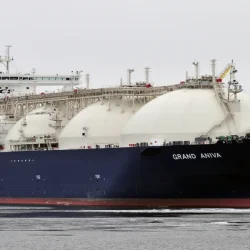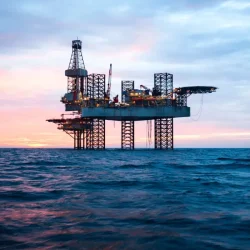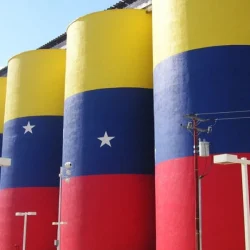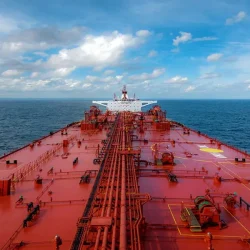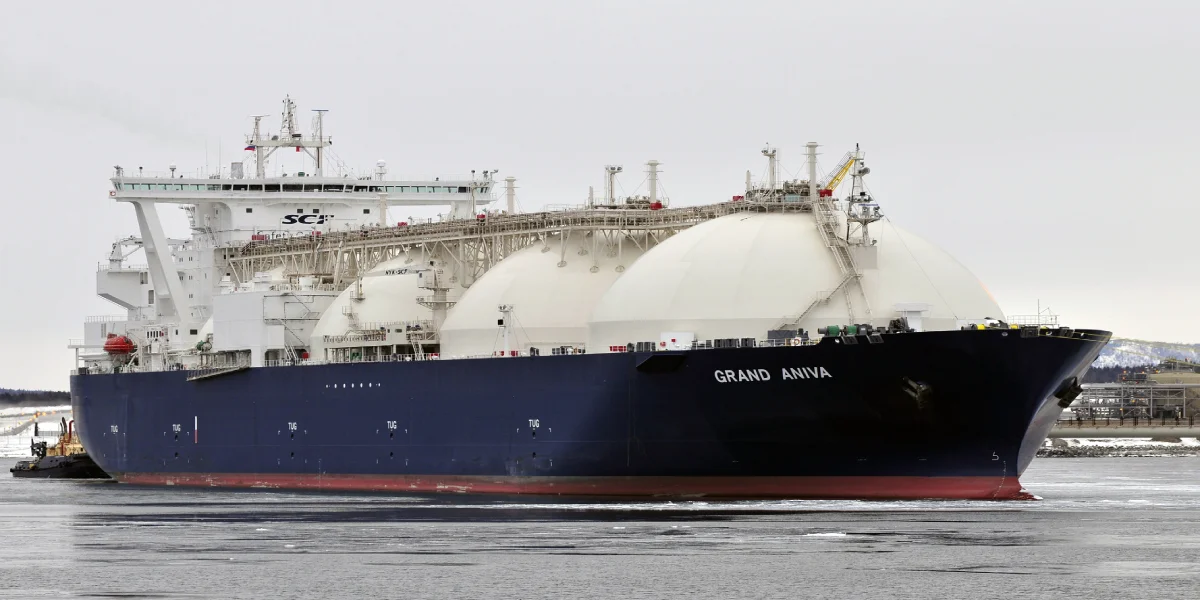The ban targeting the transshipment of Russian LNG cargoes from EU ports to third countries was approved in June 2024. According to this decision, contracts signed before June 25 of the previous year remain valid until March 26, 2025.
Energy market experts believe this measure will have a limited impact on Russia’s overall LNG exports, as cargoes reloaded in EU ports for shipment to Asia account for less than 10% of Moscow’s total LNG exports. However, this volume is expected to be redirected into European markets instead.
Russia, the world’s fourth-largest LNG exporter, shipped an estimated 34.7 million tons in 2024, with a year-on-year growth rate of 4%. Analysts estimate around 2.7 million tons of LNG were reloaded in EU ports for shipment to Asia that year.
Despite the restrictions, the EU has not yet announced a full halt to LNG imports from Russia. The bloc has stated that it aims to eliminate its dependency on Russian gas by 2027 through increased imports from Norway, the United States, and Qatar.
According to a report by the global energy think tank Ember, EU imports of Russian gas rose by 18% in the past calendar year. The trend appears to continue in 2025, with the EU importing an average of 74.3 million cubic meters of Russian LNG per day in February — an 11% month-on-month increase.
Reuters reports that from November to June, Russian LNG exports rely heavily on EU ports due to thick Arctic ice preventing conventional LNG carriers from accessing Novatek’s Yamal terminals. These shipments are transported by icebreaker vessels to EU hubs, where they are reloaded ship-to-ship onto regular LNG carriers for export to countries including China, Taiwan, India, and Turkey.

